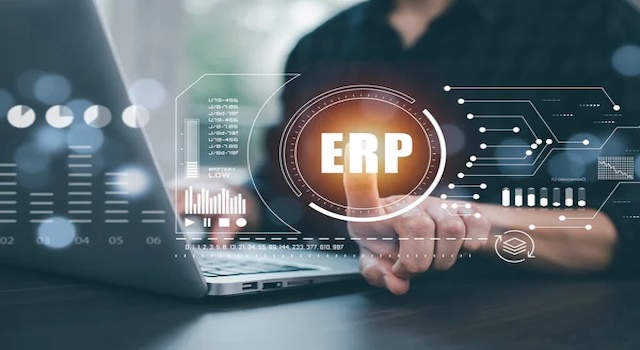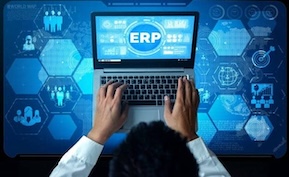ERP
ERP Data Mesh and Federated Models: The Future of Decentralized Enterprise Data

ERP data mesh and federated models are redefining enterprise data architecture for the modern age. Instead of funneling all operational data into one central repository, global organizations are embracing decentralized, domain-driven data ownership—improving agility, governance, and analytical speed.
What is a data mesh in ERP?
A data mesh is a decentralized approach to managing enterprise data. Rather than centralizing all data in a warehouse or lake, the mesh distributes ownership to business domains—like finance, manufacturing, or HR—each of which becomes responsible for its own “data product.”
In an ERP context, this means departments manage, serve, and consume data independently while following common governance and interoperability standards.
Why ERP needs a data mesh approach
- Scalability: Centralized data lakes become bottlenecks as data volume and variety grow.
- Autonomy: Local teams can innovate faster when they control their own data pipelines.
- Data democratization: Non-technical users can access accurate, real-time data directly from domain owners.
- Compliance and lineage: Clear ownership ensures accountability and easier regulatory audits.
From centralization to federation
Traditional ERP data architecture revolves around a single source of truth. Federated ERP models take a different approach—creating many coordinated sources of truth managed under shared standards.
- Centralized ERP: One global database and schema, often rigid and slow to adapt.
- Federated ERP: Multiple domain-owned data stores that synchronize via APIs and event streams.
Core components of an ERP data mesh
- Domain data products: Each domain (e.g., finance, supply chain) owns its datasets and provides APIs for access.
- Data platform layer: Shared tools for storage, integration, and monitoring across all domains.
- Governance framework: Global rules for data quality, cataloging, and access permissions.
- Observability: Monitoring data flows and lineage across the ERP ecosystem for audit readiness.
Benefits for enterprises
- Faster insights: Data teams no longer wait for central approval or batch loads.
- Improved data quality: Ownership fosters accountability and proactive correction.
- Localized compliance: Regions can enforce local privacy and reporting requirements without breaking global models.
- Innovation enablement: Teams can build AI/ML and analytics solutions atop their own data domains.
Challenges and pitfalls
- Governance balance: Too little control creates chaos; too much kills agility.
- Skill gaps: Domain teams need training to manage data infrastructure responsibly.
- Integration overhead: Decentralization can increase coordination and API maintenance costs.
- Tool sprawl: Without consistent standards, each domain might adopt incompatible tech stacks.
Technology enablers
- API-driven ERP platforms: SAP BTP, Oracle Fusion Cloud, and Microsoft Dynamics 365 support federated architectures.
- Data virtualization tools: Denodo, Starburst, or Dremio enable unified querying across distributed domains.
- Metadata and catalog systems: Collibra, Alation, or Apache Atlas manage discoverability and governance.
- Event-driven pipelines: Kafka or Confluent synchronize real-time ERP data across domains.
Implementation roadmap
- Step 1: Identify core domains (finance, HR, supply chain) and define their data ownership boundaries.
- Step 2: Establish data governance policies and common metadata standards.
- Step 3: Deploy shared infrastructure and API management tools.
- Step 4: Train domain teams in data stewardship and product thinking.
- Step 5: Gradually migrate from centralized warehouses to domain-based data products.
Example in practice
A global manufacturing company divides its ERP into domain-driven data layers: finance manages revenue and ledger data, supply chain manages inventory and logistics, HR manages employee analytics. Each domain exposes APIs governed by enterprise-wide security and schema standards—creating a scalable, compliant, and highly autonomous ERP ecosystem.
SEO-friendly FAQs
What is ERP data mesh? It’s a decentralized approach that gives business domains ownership of their data while maintaining enterprise-wide governance and interoperability.
What’s the difference between data mesh and data lake? A data lake centralizes everything in one repository; a data mesh distributes data ownership across business units.
Is federated ERP secure? Yes—with proper governance, role-based access control, and data encryption, federated ERP can even enhance security.
Who benefits most from this model? Large, distributed enterprises that need scalability, agility, and domain-level autonomy.
Bottom line
ERP data mesh and federated models shift the focus from central control to collaborative ownership. For global enterprises, this architecture unlocks scalability, real-time analytics, and innovation—without sacrificing governance or compliance.






